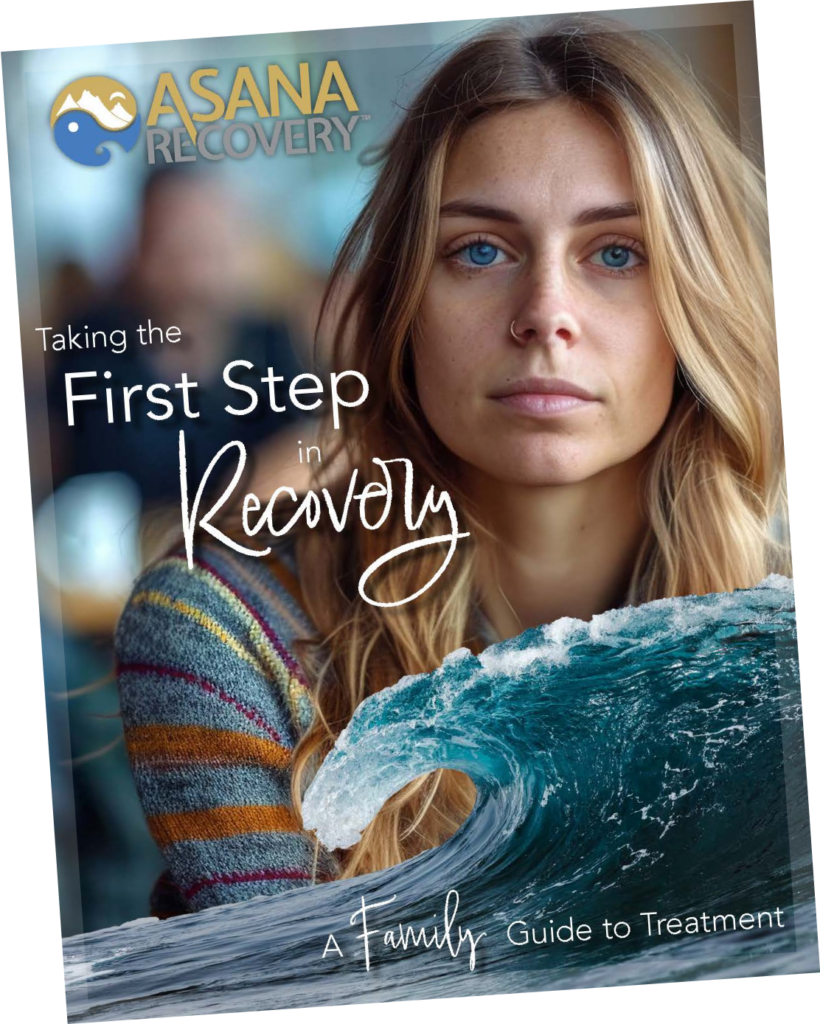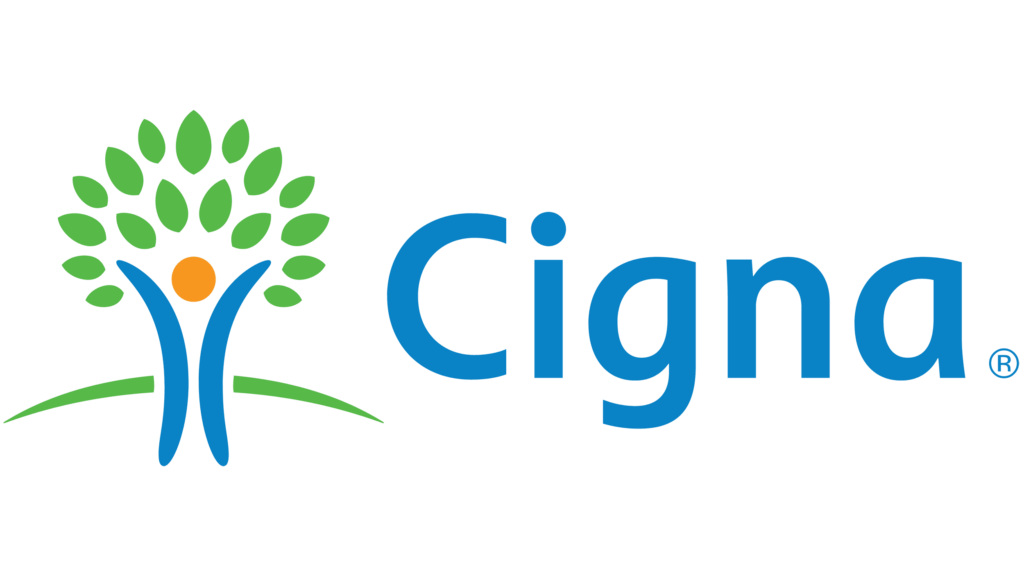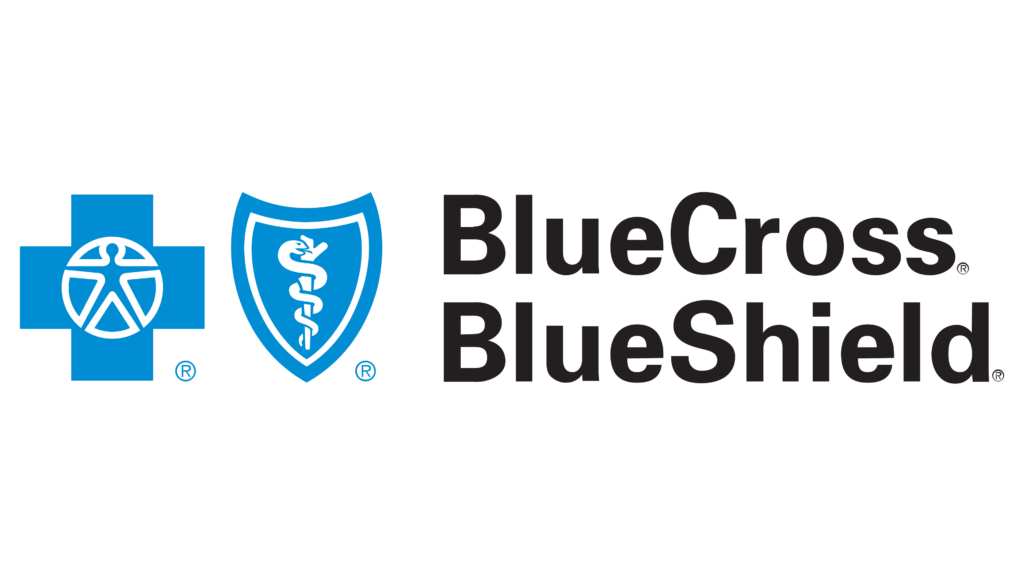The Physical and Psychological Effects of Xanax Addiction
Xanax addiction can have a profound impact on both physical and mental health. The long-term use of Xanax can lead to a range of adverse effects, including:
– Cognitive impairment: Xanax can impair memory, attention, and decision-making abilities.
– Depression: While Xanax may initially provide anxiety relief, long-term use can worsen or trigger depression.
– Increased risk of falls and accidents: Xanax can cause drowsiness and impaired coordination, increasing the risk of falls and accidents, especially in older adults.
– Breathing problems: Xanax can suppress breathing, particularly when combined with other substances like alcohol or opioids.
– Liver damage: Long-term Xanax use can strain the liver, potentially leading to liver damage.
– Overdose: Taking high doses of Xanax, especially when combined with other drugs or alcohol, can lead to a fatal overdose.
– Increased anxiety: Ironically, long-term Xanax use can worsen anxiety symptoms, creating a vicious cycle of dependence.
Psychologically, Xanax addiction can lead to:
– Increased anxiety and panic attacks: When Xanax is stopped or reduced, withdrawal symptoms can include heightened anxiety and panic attacks.
– Depression and hopelessness: Addiction can lead to feelings of sadness, despair, and worthlessness.
– Social isolation: Individuals struggling with addiction may withdraw from social activities and relationships.
– Impaired relationships: Addiction can damage relationships with family, friends, and partners.
– Increased risk of mental health disorders: Xanax addiction can co-occur with other mental health disorders like depression, anxiety, and PTSD. Asana Recovery offers Dual Diagnosis Treatment to address both addiction and co-occurring mental health issues.
It’s crucial to recognize that Xanax addiction is a serious health issue that requires professional treatment.
Withdrawal Symptoms: What to Expect
Xanax withdrawal can be a challenging and potentially dangerous process. The severity of withdrawal symptoms depends on factors such as the dosage of Xanax taken, the duration of use, and individual differences. Common withdrawal symptoms include:
– Anxiety: Increased anxiety and panic attacks are common during Xanax withdrawal.
– Insomnia: Difficulty sleeping is a frequent withdrawal symptom.
– Irritability: Feeling easily agitated and frustrated.
– Sweating: Excessive sweating, even in cool environments.
– Tremors: Shaking or trembling, especially in the hands.
– Muscle aches and stiffness: Pain and stiffness in the muscles.
– Headaches: Frequent and severe headaches.
– Nausea and vomiting: Feeling sick to the stomach.
– Seizures: In severe cases, Xanax withdrawal can lead to seizures, which can be life-threatening.
– Hallucinations: Experiencing visual or auditory hallucinations.
– Delirium: A state of confusion, disorientation, and agitation.
Due to the potential severity of withdrawal symptoms, it’s crucial to undergo Xanax detox under medical supervision. Medically-Assisted Detox can help manage withdrawal symptoms safely and comfortably, reducing the risk of complications. Trying to quit Xanax cold turkey can be dangerous and is not recommended.
Treatment Options for Xanax Addiction
Effective treatment for Xanax addiction typically involves a combination of therapies and support systems. Here are some common treatment options:
– Medical Detoxification: This is the first step in the treatment process, involving the safe and gradual withdrawal from Xanax under medical supervision. Medications may be used to manage withdrawal symptoms and prevent complications.
– Residential Treatment: Residential Treatment programs provide a structured and supportive environment for individuals recovering from Xanax addiction. These programs offer individual therapy, group therapy, and other therapeutic activities.
– Outpatient Treatment: Outpatient Services allow individuals to receive treatment while living at home. These programs typically involve individual therapy, group therapy, and medication management. Asana Recovery provides a variety of Intensive Outpatient Program and Partial Hospitalization Program options.
– Cognitive Behavioral Therapy (CBT): Cognitive Behavioral Therapy (CBT) helps individuals identify and change negative thought patterns and behaviors that contribute to Xanax use.
– Dialectical Behavior Therapy (DBT): Dialectical Behavior Therapy (DBT) for Addiction teaches coping skills to manage emotions, improve relationships, and reduce impulsive behaviors.
– Group Therapy: Group therapy provides a supportive environment where individuals can share their experiences, learn from others, and develop coping skills.
– Medication-Assisted Treatment (MAT): While there are no medications specifically approved to treat Xanax addiction, Medication-Assisted Treatment (MAT) may be used to manage co-occurring mental health disorders like anxiety or depression.
– Aftercare Planning: Developing a comprehensive aftercare plan is crucial for maintaining long-term recovery. This plan may include ongoing therapy, support group meetings, and relapse prevention strategies.
The best treatment approach will depend on the individual’s needs and circumstances.
Finding Help: Taking the First Step Towards Recovery
Seeking help for Xanax addiction is a sign of strength, not weakness. It’s the first step towards reclaiming your life and achieving lasting recovery. If you’re struggling with Xanax addiction, know that you’re not alone and help is available.
Here are some resources that can help you find treatment:
– Your Doctor: Talk to your doctor about your concerns and ask for a referral to a qualified addiction treatment specialist.
– Mental Health Professionals: Psychologists, psychiatrists, and therapists can provide individual therapy and support.
– Addiction Treatment Centers: Asana Recovery is a leading drug and alcohol rehab facility in Orange County, California, offering a range of evidence-based treatment programs.
– Support Groups: Organizations like Narcotics Anonymous (NA) and SMART Recovery offer peer support groups.
– SAMHSA National Helpline: The Substance Abuse and Mental Health Services Administration (SAMHSA) provides a free and confidential helpline at 1-800-662-HELP (4357).
Don’t hesitate to reach out for help. Early intervention can significantly improve your chances of a successful recovery. If you are ready to start your recovery journey, Contact Us.
Supporting a Loved One Through Xanax Addiction
Watching a loved one struggle with Xanax addiction can be incredibly difficult. It’s important to remember that addiction is a complex disease, and recovery is a process. Here are some ways you can support your loved one:
– Educate yourself about Xanax addiction: Understanding the nature of addiction can help you approach the situation with empathy and compassion.
– Express your concerns in a calm and non-judgmental way: Let your loved one know that you care about them and are worried about their Xanax use.
– Encourage them to seek professional help: Offer to help them find a treatment program or therapist.
– Avoid enabling behaviors: Don’t make excuses for their drug use, give them money, or protect them from the consequences of their actions.
– Set healthy boundaries: It’s important to protect yourself and your family. Set clear boundaries and stick to them.
– Attend family therapy: Family therapy can help improve communication and resolve conflicts.
– Take care of yourself: Supporting a loved one through addiction can be emotionally draining. Make sure to prioritize your own well-being.
– Be patient and supportive: Recovery takes time and effort. Be patient and supportive throughout the process. Consider Couples Treatment if the addiction is impacting your relationship.
Remember that you can’t force someone to get help, but you can provide support and encouragement.
Preventing Xanax Addiction: Responsible Use and Awareness
Preventing Xanax addiction starts with responsible use and awareness. Here are some tips to help prevent Xanax addiction:
– Only take Xanax as prescribed by your doctor: Follow your doctor’s instructions carefully and don’t take more than the prescribed dose.
– Don’t share Xanax with others: Xanax is a controlled substance and should only be used by the person for whom it was prescribed.
– Be aware of the risks of dependence and addiction: Talk to your doctor about the potential risks of Xanax before starting treatment.
– Avoid using Xanax for recreational purposes: Using Xanax for its calming effects can quickly lead to dependence and addiction.
– If you have a history of substance abuse, be extra cautious: Individuals with a history of substance abuse are at a higher risk of developing Xanax addiction.
– Consider alternative treatments for anxiety: Explore non-medication options like therapy, exercise, and mindfulness techniques. Asana Recovery offers Mental Health Outpatient Treatment.
– Monitor your Xanax use and watch for signs of dependence: If you notice that you’re taking Xanax more often or in higher doses, or if you experience withdrawal symptoms when you stop taking it, talk to your doctor.
By being responsible and aware, you can reduce your risk of developing Xanax addiction.
The Importance of Aftercare and Relapse Prevention
Recovery from Xanax addiction is an ongoing process that requires commitment and support. Aftercare and relapse prevention are crucial components of long-term recovery.
Aftercare programs provide ongoing support and resources to help individuals maintain their sobriety. These programs may include:
– Individual therapy: Continued therapy can help individuals address underlying issues and develop coping skills.
– Group therapy: Support groups provide a safe and supportive environment where individuals can share their experiences and learn from others.
– 12-step programs: Narcotics Anonymous (NA) is a peer support program based on the 12 steps of Alcoholics Anonymous.
– Sober living homes: Sober living homes provide a structured and supportive living environment for individuals in early recovery.
Relapse prevention strategies help individuals identify and manage triggers that could lead to relapse. These strategies may include:
– Identifying triggers: Recognizing situations, people, or emotions that trigger cravings.
– Developing coping skills: Learning healthy ways to manage stress, anxiety, and other emotions.
– Building a support network: Connecting with supportive friends, family members, and other individuals in recovery.
– Avoiding high-risk situations: Avoiding places or situations where drugs or alcohol are present.
– Having a relapse prevention plan: Developing a plan to follow if you experience cravings or urges to use Xanax.
By actively participating in aftercare and utilizing relapse prevention strategies, individuals can significantly increase their chances of maintaining long-term recovery.
Seeking Help in Orange County: Asana Recovery’s Approach
If you or a loved one is struggling with Xanax addiction in Orange County, Asana Recovery offers comprehensive and compassionate treatment programs. We understand the challenges of addiction and are dedicated to providing personalized care to help individuals achieve lasting recovery.
Our approach includes:
– Individualized treatment plans: We tailor our treatment plans to meet the unique needs of each individual.
– Evidence-based therapies: We utilize evidence-based therapies like CBT and DBT to address the underlying issues that contribute to addiction.
– Medically-assisted detoxification: We provide safe and comfortable medical detox to manage withdrawal symptoms.
– Residential and outpatient programs: We offer a range of treatment options to fit your lifestyle and needs.
– Dual diagnosis treatment: We address co-occurring mental health disorders like anxiety and depression.
– Experienced and compassionate staff: Our team of doctors, therapists, and counselors are dedicated to providing the highest quality care.
– Pet-Friendly Rehab: We understand the importance of emotional support animals and offer Pet-Friendly Rehab.
At Asana Recovery, we believe that recovery is possible. We are committed to providing the support and resources you need to reclaim your life from Xanax addiction. To explore Private Pay and Payment Options or simply learn more about our services, please Contact Us today.
FAQs About Xanax Addiction
Is Xanax addiction a serious problem?
Yes, Xanax addiction is a serious problem. Xanax is a powerful benzodiazepine that can quickly lead to dependence and addiction, even when taken as prescribed. The withdrawal symptoms can be severe and potentially life-threatening.
Can I become addicted to Xanax even if I only take it as prescribed?
Yes, it is possible to become addicted to Xanax even when taken as prescribed. This is because the brain can adapt to the presence of Xanax, leading to tolerance and dependence.
What are the symptoms of Xanax withdrawal?
Xanax withdrawal symptoms can include anxiety, insomnia, irritability, sweating, tremors, muscle aches, headaches, nausea, vomiting, seizures, hallucinations, and delirium.
Is it safe to quit Xanax cold turkey?
No, it is not safe to quit Xanax cold turkey. Xanax withdrawal can be dangerous and potentially life-threatening. It’s crucial to undergo Xanax detox under medical supervision.
What are the treatment options for Xanax addiction?
Treatment options for Xanax addiction include medical detoxification, residential treatment, outpatient treatment, cognitive behavioral therapy (CBT), dialectical behavior therapy (DBT), group therapy, and medication-assisted treatment (MAT).
How can I help a loved one who is addicted to Xanax?
You can support a loved one by educating yourself about Xanax addiction, expressing your concerns in a calm and non-judgmental way, encouraging them to seek professional help, avoiding enabling behaviors, setting healthy boundaries, attending family therapy, and taking care of yourself.
How can I prevent Xanax addiction?
You can prevent Xanax addiction by only taking Xanax as prescribed, not sharing Xanax with others, being aware of the risks of dependence and addiction, avoiding using Xanax for recreational purposes, and monitoring your Xanax use and watching for signs of dependence.
Does Asana Recovery offer treatment for Xanax addiction?
Yes, Asana Recovery offers comprehensive and compassionate treatment programs for Xanax addiction in Orange County, California. We provide personalized care to help individuals achieve lasting recovery.







